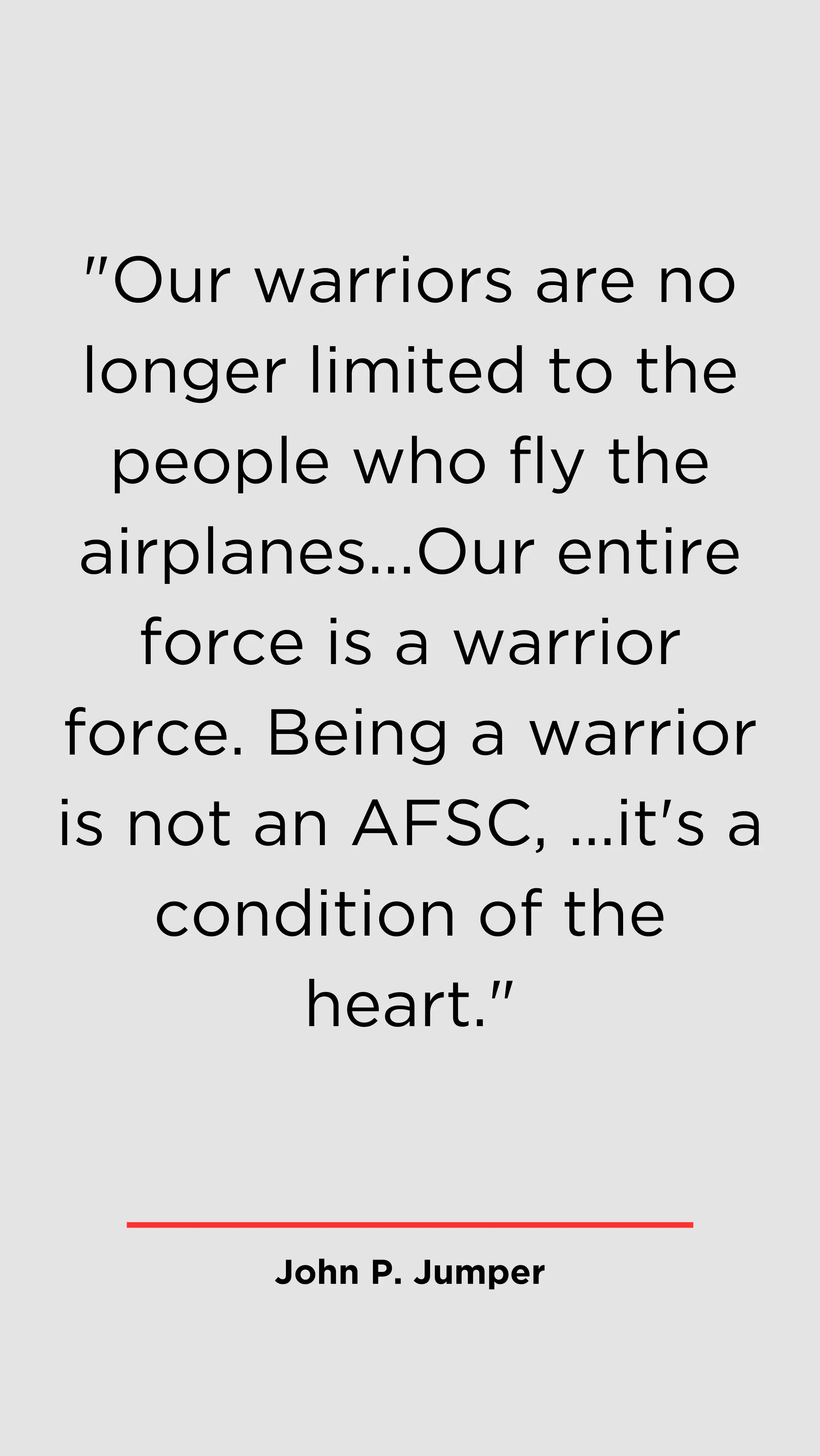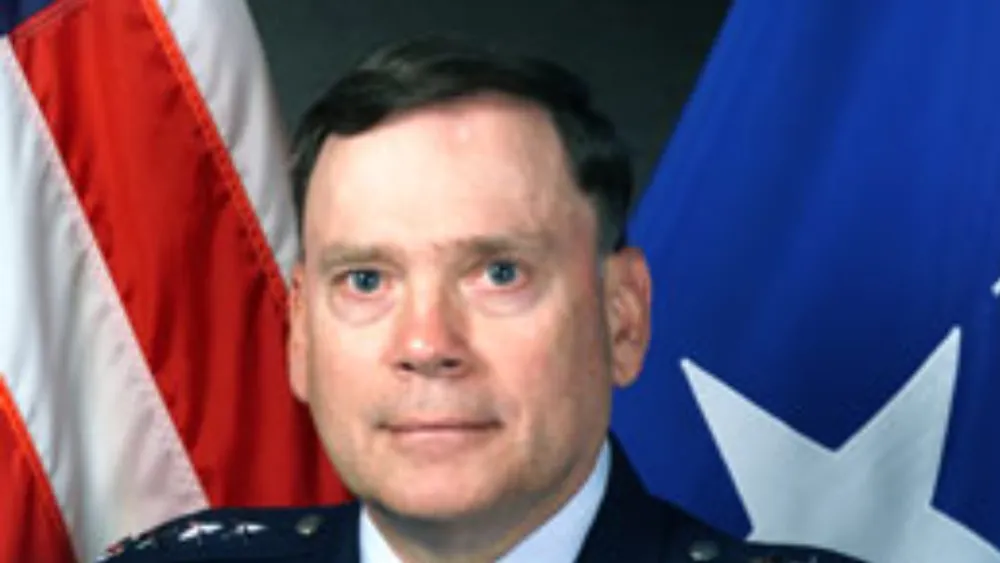General John P. Jumper’s journey in the United States Air Force started with his graduation from the Air Force Reserve Officers’ Training Corps (ROTC) program at Virginia Military Institute in 1966. At this moment, he not only earned his diploma but also received his commission. Therefore, it marked the beginning of a remarkable military career.
As he rose through the ranks, Jumper reached the position of the 17th Chief of Staff of the Air Force, a role of immense responsibility and prestige. From 2001 to 2005, he led the Air Force during a critical period in the nation’s history.
Leadership in a Time of Transformation
On February 4, 1945, John P. Jumper was born in Paris, Texas. His path to military excellence started with a solid educational foundation. He attended the United States Air Force Academy, where he honed his skills and knowledge, graduating in 1966.
Following this, he earned a master’s degree in business administration from Golden Gate University in San Francisco. The United States Air Force, known for its pioneering spirit, was fortunate to have a leader like John P. Jumper.
From then on, he led the USAF during a significant transformation when the world was changing rapidly and new threats were emerging. His vision and adaptability allowed the Air Force to meet these challenges and excel in an evolving strategic landscape.
General Jumper’s leadership was marked by a profound understanding of the modern battlefield. He also recognized that air and space dominance and precision strike capabilities were essential components of 21st-century warfare.
His strategic insights guided the USAF in developing and deploying innovative technologies, ensuring that the United States maintained its military edge on the global stage.
A Steadfast Military Career of John P. Jumper
General Jumper’s military career was nothing short of extraordinary. His early years in the Air Force saw him become a skilled pilot, with over 5,000 flying hours. Moreover, this extensive flight experience attested to his proficiency and dedication as a pilot.
During the Vietnam War, General Jumper’s combat experience truly shone. He flew missions in F-100 and F-111 aircraft, displaying his exceptional flying skills and courage in facing danger. These wartime experiences had a lasting impact on his military journey, shaping his leadership style and strategic thinking.
John P. Jumper and His Rise in the USAF
General Jumper’s leadership qualities became increasingly evident as he advanced in rank. His colleagues and subordinates quickly recognized his ability to lead with clarity and conviction. Moreover, his operational expertise and tactical acumen set him apart. Therefore, it paved the way for him to take on roles of greater responsibility within the USAF.
His ascent through the ranks saw him occupying key command positions, including Wing Commander and Major Command Commander.
In these roles, he oversaw the operations of entire units. This required a deep understanding of military strategy and the ability to inspire and lead the personnel under his command.
Modernizing the Air Force
General Jumper’s most significant position was the 17th Chief of Staff of the Air Force, which he held from September 6, 2001, to September 2, 2005. The USAF’s highest-ranked officer fills one of the most important leadership positions in the armed forces.
General Jumper had to negotiate the difficulties presented by the post-9/11 world throughout his service.
One of his major achievements as Chief of Staff was transforming the USAF to meet the demands of the modern age. In addition, he recognized the importance of adapting to emerging threats. He also learned the value of reshaping the Air Force to confront these challenges head-on.
He balanced traditional air dominance and the need for precision strike capabilities and intelligence, surveillance, and reconnaissance (ISR) operations.
Furthermore, his vision led to developing and deploying technologies such as the Predator and Global Hawk drones, which are now essential components of modern military strategy.
Leadership and Legacy
General Jumper’s leadership style was marked by an unwavering commitment to the well-being of his airmen. He was not just a leader but a mentor and source of inspiration for those under his command.
His approach to leadership, which prioritized listening to the needs of his troops and understanding their concerns, created an environment of trust and collaboration.
This leadership style endeared him to the people who served under his command and helped drive the USAF forward in a time of great change.
Another hallmark of General Jumper’s legacy is his commitment to innovation. He recognized the importance of leveraging cutting-edge technology to stay ahead of adversaries.
His forward-thinking approach was pivotal in ensuring the USAF remained a formidable force. Moreover, his dedication to developing airmen and providing them with the best training and resources ensured the Air Force’s continued excellence.
Post-Retirement Contributions of John P Jumper
Even after he retired from active duty in 2005, General Jumper remained engaged in various important roles. Furthermore, he served as Chairman of the Board of Directors for Science Applications International Corporation (SAIC) and as a member of the Board of Directors for Rolls-Royce North America.
His expertise and leadership were also sought in various advisory roles, including the Defense Science Board and the National Defense Industrial Association (NDIA). Moreover, General Jumper’s contributions to the defense industry shaped policy and innovation well beyond his military service.

The Epitome of Military Leadership
General John P. Jumper’s life and career exemplify the best military leadership qualities. His dedication to his country, innovative thinking, and commitment to his fellow airmen made him an exceptional leader.
His legacy is remembered within the ranks of the USAF and serves as an enduring example of what is possible through dedication and vision.
General Jumper’s story is one of commitment to the United States and its defense. It is a tale of adaptability, resilience, and visionary leadership.
Furthermore, his life and career will continue to inspire current and future generations, not just within the military but in all walks of life. In the history of the United States Air Force, the name John P. Jumper will forever be associated with excellence, innovation, and leadership.










